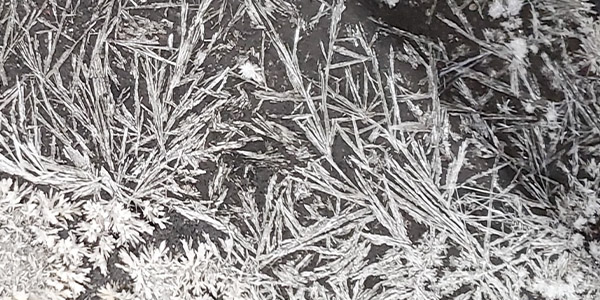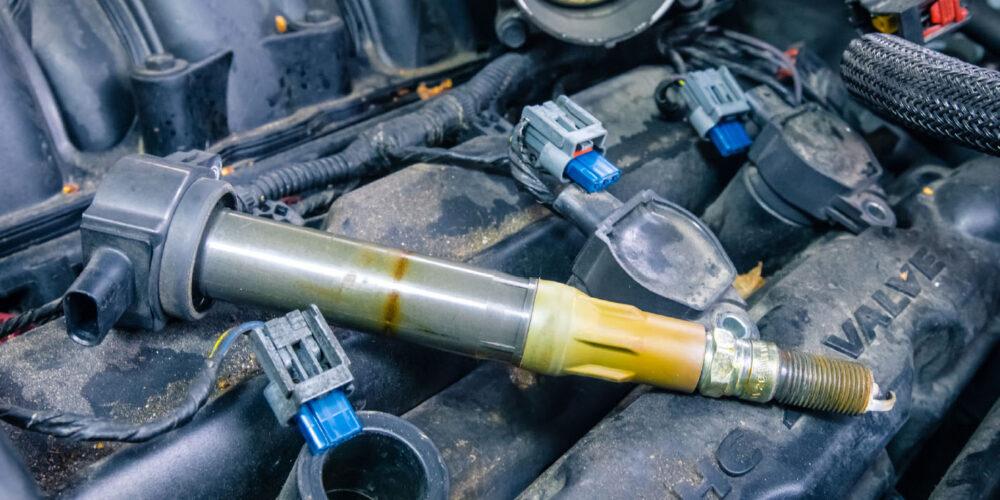Vehicles:
• 2006 (TJ) Wrangler
• 2007 (JK) Wrangler
Subject:
Squeal-like sound due to incorrect pre-load on clutch throw-out bearing.
Overview:
This bulletin involves diagnosing the clutch throw-out bearing for an incorrect pre-load condition and making the appropriate repairs.
Note: This bulletin applies to vehicles equipped with a NSG370 manual transmission (sales code DEH).
Symptom/Condition:
The customer may experience a squeal-like sound coming from the clutch throw-out bearing when the clutch pedal is fully released.
Diagnosis:
1. Firmly set the vehicle parking brake.
2. Shift the transmission into neutral.
3. Depress the clutch pedal and start the vehicle engine.
4. With the transmission in neutral, release the clutch pedal.
5. Is a squeal-like sound present and is it coming from the clutch throw-out bearing?
A. If YES, then proceed to the next step.
B. If NO, then this bulletin does not apply. Further diagnosis is required.
6. With the transmission in neutral and engine running, slowly depress the clutch pedal.
Note: If the pre-load is incorrect on the throw-out bearing, then the squeal-like sound should stop when the clutch pedal is depressed by an inch or more.
7. Does the throw-out bearing squeal-like sound disappear once the clutch pedal is depressed by an inch or more?
A. If YES, then perform the Repair Procedure.
B. If NO, then this bulletin does not apply. The squeal-like sound is not caused by incorrect pre-load on the throw-out bearing. Further diagnosis is required.
Parts Required:
• 68031889AA — Rod, clutch slave cylinder actuator (TJ)
• 06100882 — Washer, spacer (JK)
• 04874464 — Lubricant, Mopar Manual Transmission (MS-9224) (JK)
• 04318032 — Adhesive, Stud N’ Bearing Mount (JK)
• 53008342 — Bearing, throw-out (JK)
Repair Procedure:
TJ Procedure:
1. With the vehicle transmission in neutral position, raise the vehicle on a suitable lift.
2. Remove the mounting nuts used to secure the slave cylinder to the transmission bell housing.
3. As an assembly, remove the slave cylinder, hydraulic line and actuator rod from the transmission bell housing.
4. Remove the slave cylinder actuator rod.
5. Install the slave cylinder to the transmission bell housing.
6. Verify that the actuator rod is properly seated to the clutch release fork.
7. Install the slave cylinder mounting nuts. Tighten the nuts to 23 Nm (17 ft. lbs.).
8. Lower vehicle.
9. Verify clutch system operates correctly.
JK Procedure:
1. Remove the manual transmission. Refer to TechCONNECT for detailed removal procedures. Select the Service Info tab > 21 – Transmission and Transfer Case > Manual Transmission – NSG370 > Removal.
2. Remove the clutch throw-out bearing and clutch release fork from the transmission.
3. Remove the clutch release fork pivot stud with cone washer from the transmission.
4. Inspect the pivot stud and cone washer closely. Note the orientation of the cone washer on the pivot stud (opens towards transmission housing).
5. Clean the release fork pivot stud threads.
6. Noting cone washer orientation, remove the existing cone washer from the pivot stud and install the two (2) new washers (as spacers) to the pivot stud.
7. Install the existing cone washer on to the release fork pivot stud. Verify that the cone washer opens towards the transmission housing.
8. Apply Stud N’ Bearing Mount Adhesive to the threads of the release fork pivot.
9. Install the release fork pivot (with 2 washers and 1 cone washer) to the transmission. Tighten the fork pivot to 20 NM (14.75 ft. lbs.)
Note: The cone washer should be against the transmission housing and under/below the two spacing washers when pivot stud is installed to transmission.
10. Lubricate the input shaft splines, throw-out bearing retainer slide surface, release fork and release for pivot surface.
11. Inspect the throw-out bearing. Rotate the bearing to determine if bearing rotation is smooth or rough. Replace the throw-out bearing if bearing rotation is rough.
12. Install the release fork and throw-out bearing to the transmission.
13. Install the manual transmission. Refer to TechCONNECT for detailed removal procedures. Select the Service Info tab > 21 – Transmission and Transfer Case > Manual Transmission – NSG370 > Installation.
14. Verify transmission fluid level.
15. Verify clutch system operates correctly.
Courtesy of Mitchell 1.
For more information on Mitchell 1 products and services, automotive professionals can log onto the company’s website at www.mitchell1.com.














